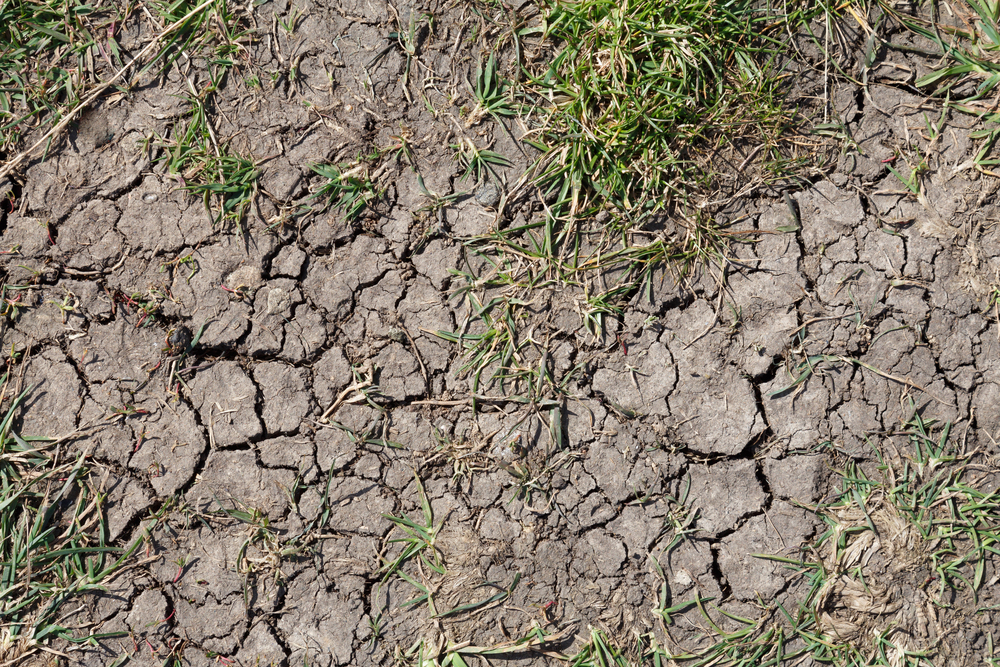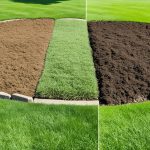A thriving lawn in summer isn’t just about doing the right things — it’s also about avoiding the wrong ones. When temperatures climb and rainfall disappears, lawns become more vulnerable to common mistakes that can quickly lead to brown patches, weak roots, and long-term damage.
Here are five summer lawn care mistakes to watch out for, and what to do instead.
1. Mowing Too Short During Heatwaves
Scalping the lawn in summer is one of the fastest ways to weaken it. Cutting grass too low exposes the soil to direct sun, which raises soil temperatures and speeds up evaporation. This stresses the roots and makes the grass more susceptible to heat damage and drought.
The fix: Raise your mower blades and aim to keep grass at least 5 to 7 centimetres tall. This helps shade the soil, reduces water loss, and encourages deeper roots. During a heatwave, you can raise the height even further to protect the lawn from extreme conditions. Also, only cut when the grass is dry and avoid mowing in the hottest part of the day.
2. Watering Lightly and Too Often
It’s tempting to reach for the hose every evening and give the lawn a quick splash, but shallow watering creates shallow roots. In hot weather, grass needs strong, deep roots to find water lower in the soil.
The fix: Water deeply two to three times a week rather than daily. Aim to deliver around 2.5 centimetres (1 inch) of water per session. Early morning watering — between 5 and 9am — is ideal. It reduces evaporation and gives moisture time to soak in before the sun hits full strength. Avoid watering in the evening to prevent overnight dampness, which can lead to fungal problems.
3. Fertilising During Peak Heat
Fertiliser is often seen as a solution to a tired-looking lawn, but applying it during a heatwave can cause more harm than good. Many high-nitrogen products stimulate leaf growth at a time when the grass is already under stress, increasing the risk of burning.
The fix: Hold off on fertilising until temperatures ease. If your lawn looks stressed or dormant, focus on watering and shade instead. When you do fertilise, choose a slow-release blend with balanced nutrients, and apply it in the early morning or late afternoon. Products containing seaweed or kelp can also help support recovery without overloading the lawn.
4. Raking or Scarifying in Summer
Scarifying (or dethatching) is useful when done at the right time of year, but summer is not that time. Raking the lawn during dry or hot conditions strips away protective cover, damages grass blades, and can expose the roots to more heat than they can handle.
The fix: Wait until early autumn or spring to scarify, when the lawn is actively growing and has better conditions for recovery. If your lawn has become compacted or water-repellent in summer, light aeration and the use of a wetting agent are better short-term solutions.
5. Overcorrecting Brown Patches Too Soon
When the lawn turns brown, it’s easy to assume something is wrong and to try to fix it with heavy watering, fertiliser, or seed. But often, the grass is simply dormant, not dead. Overcorrecting with too much water or unnecessary products can delay recovery or cause further stress.
The fix: First, check whether the grass is still alive. Use a screwdriver to test soil moisture or tug gently on the blades. If the roots are firm and the crowns are pale and healthy, the grass is dormant and will likely recover when temperatures cool and moisture returns. Stay consistent with deep watering and avoid unnecessary treatments until the lawn begins to green up on its own.
Avoiding these five mistakes won’t just keep your lawn greener this summer — it will also set you up for better results in autumn and beyond. Lawn care doesn’t need to be complicated, but it does need to be seasonally smart. With the right timing and a few thoughtful adjustments, your grass can stay healthy even in the heat.





